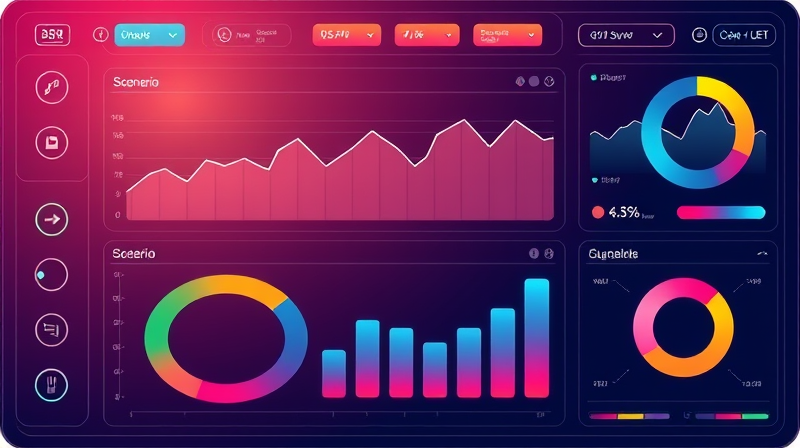
In today’s fast-evolving digital landscape, the ability to verify who we are online has become more than a convenience—it is the backbone of every interaction, transaction, and collaboration. From opening a bank account to accessing critical healthcare records, the stakes are high. Without reliable digital identity frameworks, individuals and organizations face stalled processes, rising fraud, and diminished confidence. By embracing seamlessly verify identities online and trust as a guiding principle, societies can unlock unprecedented economic opportunities and social inclusion.
The global digital identity solutions market is on a trajectory of exponential expansion over the next decade. Fueled by mounting cyber threats, regulatory requirements, and the proliferation of online services, market value estimates paint an astonishing picture:
Analysts forecast a compound annual growth rate (CAGR) between 16% and 20% through 2030, driven by new use cases, regulatory pushes, and technological breakthroughs.
At its core, a digital identity platform is a suite of tools and services that enable the secure creation, management, and authentication of online identities. These platforms typically integrate technologies such as:
By combining these capabilities, organizations can ensure that users are who they claim to be, while maintaining ease of access and compliance with evolving regulations.
Trust is the invisible currency that powers digital economies. When individuals lack confidence in online identity systems, transactions stall, collaborations falter, and potential economic value remains locked away. The World Economic Forum estimates that closing the “digital trust gap” could unleash trillions of dollars of opportunities globally.
In a trust-based economy, every participant—from consumers to institutions—can engage with certainty. This environment not only reduces fraud and disputes but also fosters innovation in borderless services, remote work, and digital commerce.
The surge in digital identity adoption is propelled by several converging forces:
Organizations that deploy advanced identity solutions not only mitigate risk but also streamline user experiences, fostering loyalty and growth.
Digital identity platforms serve a broad spectrum of industries, each with unique requirements:
Cloud-based deployments are gaining momentum for their scalability, while on-premises solutions remain popular for organizations with stringent data residency requirements.
As the market matures, several key trends are shaping the future of digital identity:
These innovations promise to enhance both security and user convenience, paving the way for entirely new digital services.
Despite robust growth, the digital identity landscape faces hurdles:
Privacy concerns around biometric data and regulatory variations can slow adoption. Meanwhile, interoperability gaps between platforms and jurisdictions hamper seamless user experiences.
Yet, the upside is monumental. By bridging the digital trust gap, stakeholders can unlock new revenue streams, reduce fraud losses, and extend services to unbanked or underserved populations. Harmonized standards and cross-industry cooperation will be critical to realizing this potential.
Looking ahead, the trajectory is clear: digital identity platforms will become even more integral to the global economic fabric. Expect to see:
User-centric, privacy-enhancing frameworks powering next-generation identity models. Collaborative standard-setting across borders will accelerate adoption. As AI, blockchain, and biometrics converge, the vision of a truly trust-based, borderless economy moves closer to reality.
In this unfolding narrative, every enterprise, government, and individual has a role to play. By championing robust identity solutions, we can restore confidence, fuel innovation, and unlock the vast potential of a digitally connected world.
References













